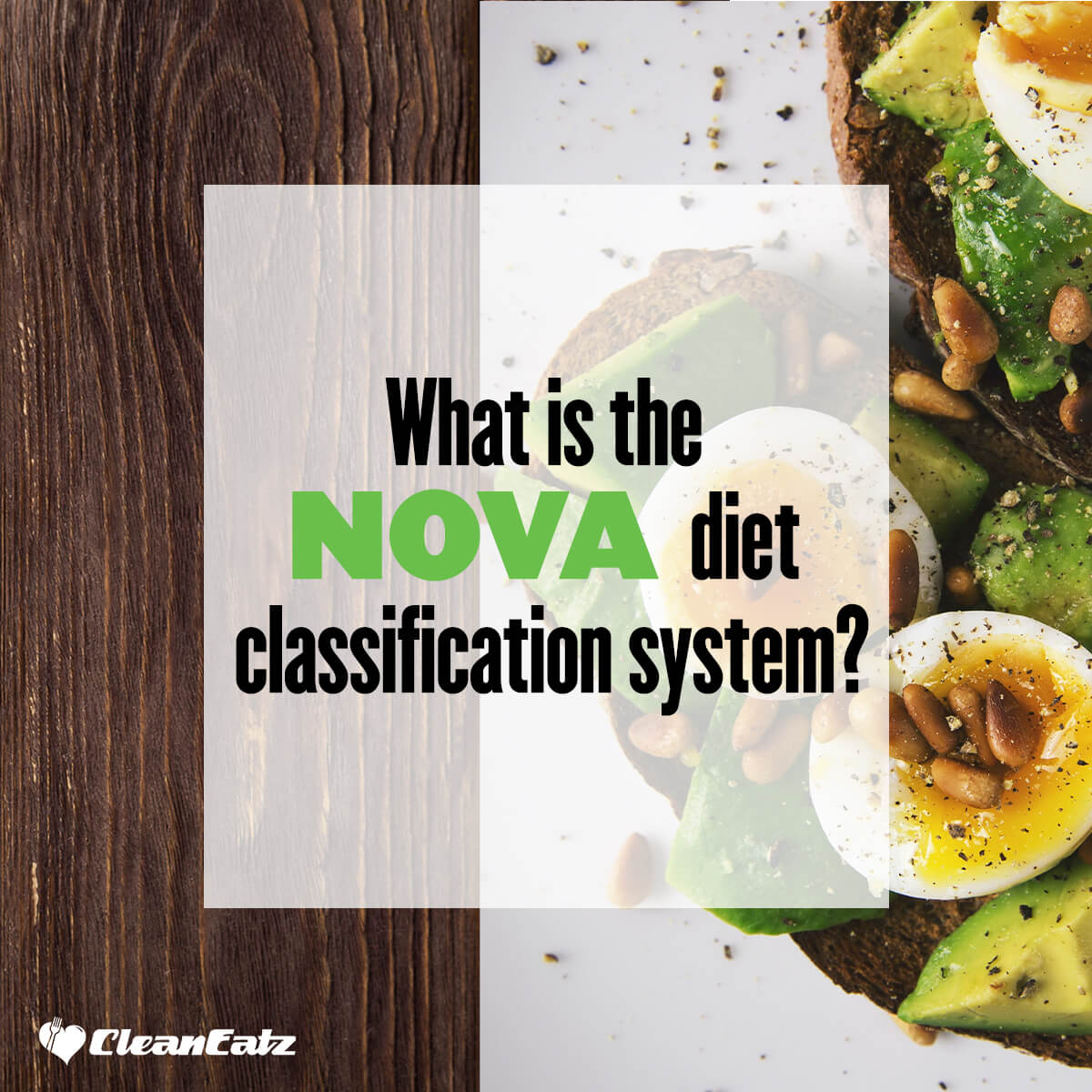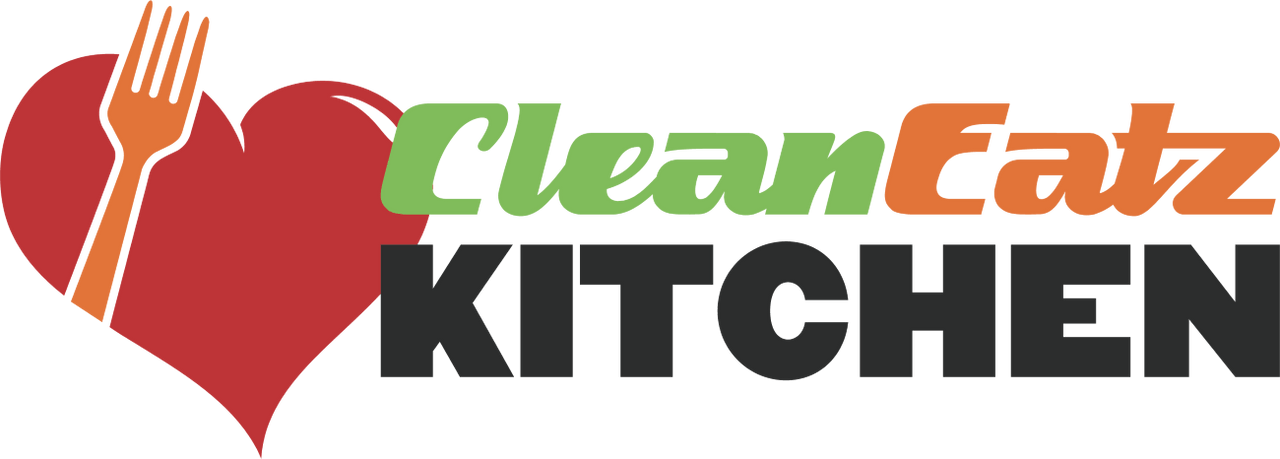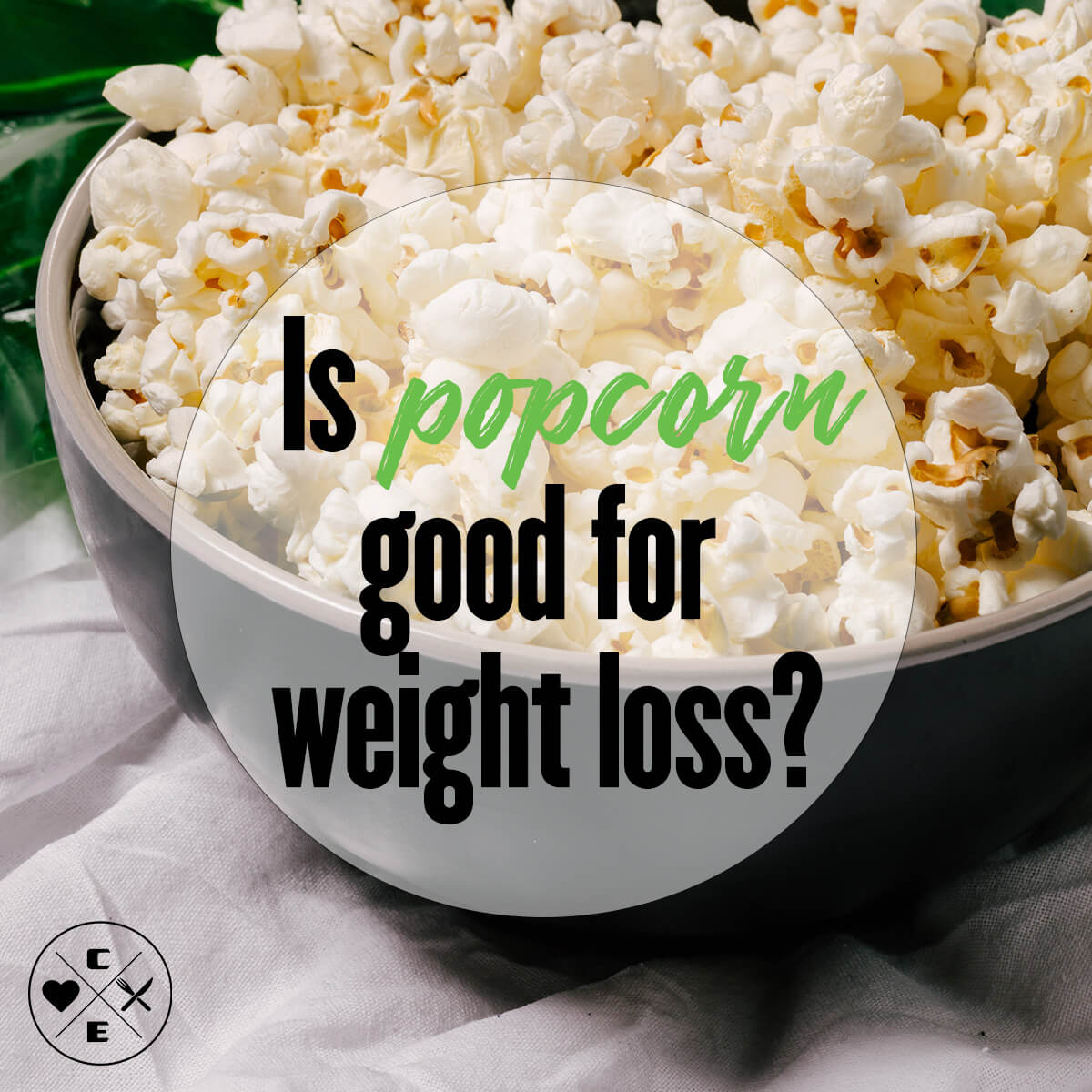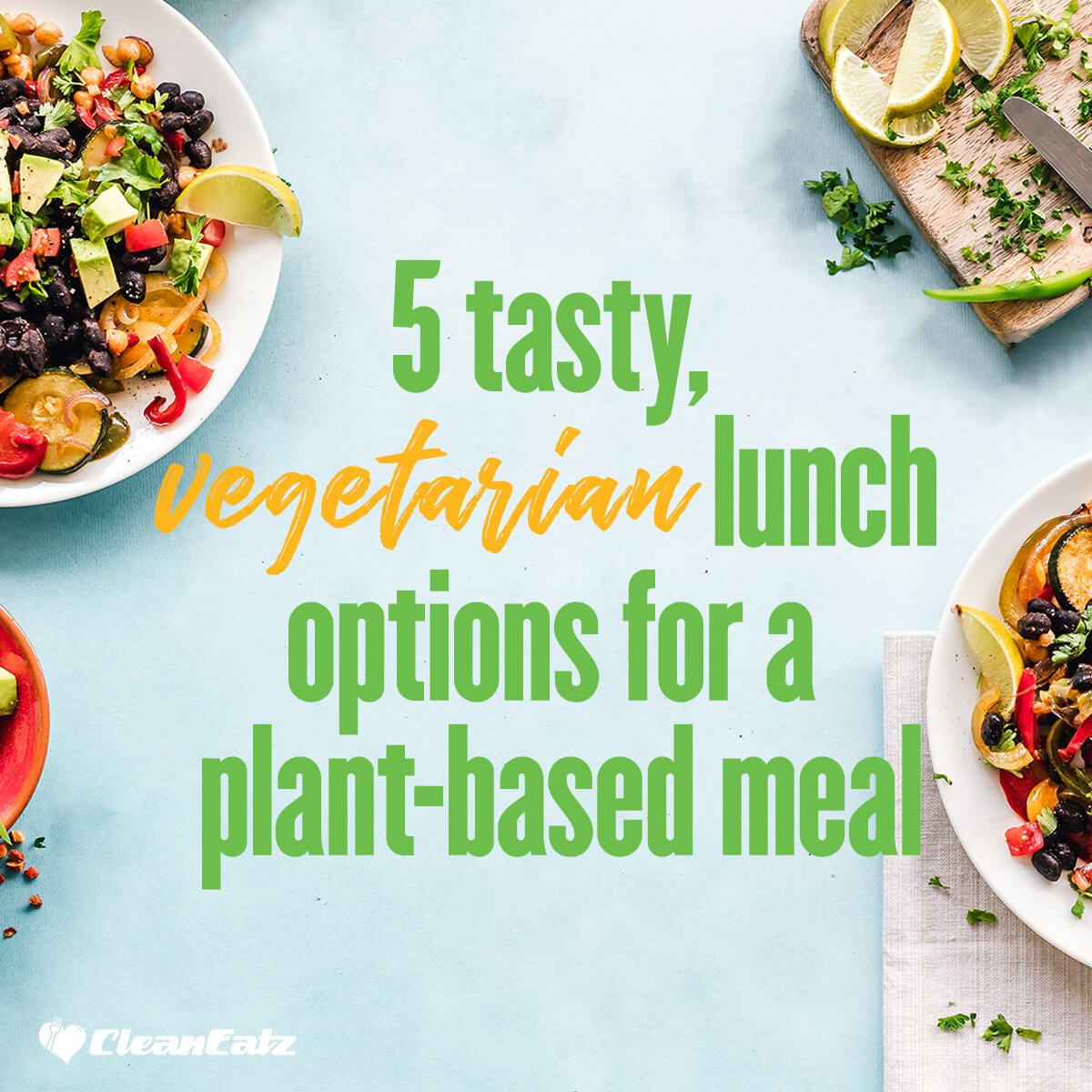
What is the NOVA Food Classification System?
Jason Nista
Nutrition
|
Weight Loss
7 minute read
Nova food classification is a system that categorizes food based on its processing level. The level of processing of the foods you consume daily might be something you don’t put a lot of thought into, however, it can have a very significant impact on your health and wellness and even on your weight loss goals.
This classification brings attention to the negative effect on public health from highly processed foods to enforce better regulation and policies against these harmful ingredients and processing, reduce the availability of unhealthy products from the market and create more awareness on consumers to make better-informed decisions. Read on to learn a bit more about the NOVA diet classification system.
Ultra-Processed Foods and the Origin of the NOVA Classification
The term and definition of ultra-processed food were coined by a professor of Nutrition and Public Health in brazil, Carlos Monteiro who works at the University of Sao Paulo. Monteiro and his collaborators analyzed how people’s diet has changed in recent decades and discovered that, despite consumers buying less sugar and dietary fats, chronic disease related to diabetes, high cholesterol, high blood pressure and others related to unhealthy dietary behavior continued to increase and came to the conclusion that the consumption of sugars and fats, particularly trans fats, had increased indirectly from highly processed foods due to the industrial products that contain large quantities of those substances.
Monteiro and his team then developed a food classification system divided into four groups, called NOVA (a name, not an acronym), based on the level of processing of said foods as a tool for consumers to make more informed decisions and better dietary choices to improve their health.
How the NOVA Scale Classifies Food
Learn how the NOVA classification system groups foods based on their level of processing, from whole ingredients to ultra-processed options. Explore our healthy meal plans for a healthy lifestyle.
The NOVA classification system has 4 groups depending on the level of processing. That is, physical, biological, and/or chemical alterations of the appearance and/or properties of the raw material and ingredients.
Group 1 - Whole foods and ingredients: These have gone through minimal or no processing at all like fruit, vegetables, eggs, meat, milk, etc. They all have in common that the addition or mix with other ingredients is largely avoided before they are eaten or used in household kitchens or restaurants to prepare meals and dishes.
Group 2 - Processed culinary ingredients: Foods from group 1 that have gone through certain processes such as pressing, grinding, milling, and refining; are produced industrially or in small artisanal enterprises rather than by the consumer itself at home. Plant oils, animal fats (e.g., butter), sugar, syrup, honey, starch, and salt, which are extracted and purified, as well as some spices and condiments. These typically consist of only one macronutrient in higher purity and are considered ingredients to create meals rather than individual food products.
Group 3 - Processed foods: Produced from the combination or modification of two or more food products from groups 1 and 2 and applying further processing methods such as baking, cooking, smoking, non-alcoholic fermentation as well as packaging. As examples of this group, we have cheese, ham, canned vegetables, jam, bread, and baked goods, and others. These processed foods have increased palatability compared to group 1 products.
Group 4 - Ultra-processed foods: These are the ones that use numerous ingredients including food additives that improve palatability, processed raw materials like hydrogenated fats, modified starches, etc., and ingredients that are rarely used in home cooking such as soy protein, mechanically separated meat, hydrolyzed proteins, invert sugar, artificial sweeteners, emulsifiers, thickeners or gelling agents. This excessive processing reduces the nutritional value and content of these foods, as well as increasing their palatability and perceived flavor which can lead to excessive consumption.
While trying to avoid unhealthy food you can use the help of Clean Eatz Kitchen's affordable meal delivery plan and have the healthiest foods delivered to you instantly.
How this Classification Can Help You
The NOVA food classification is relatively new, being first proposed in 2009, however, there have been many studies backing up the negative health effects of highly processed foods and their relationship to many diseases and conditions, so paying more attention to this classification can have some positive impact on public health. But you might be wondering how it can have a positive effect on you and how you can use it to achieve your health and wellness goals, so here are our best tips for you:
- Based on the scale try to keep most of your meals and foods in the first groups, especially groups 1 and 2 of minimally processed foods. Avoid as much as you can foods in the 4th group.
- To be able to stay away as much as possible from highly processed foods try to get used to reading the labels of the foods before buying them. Choose the ones that have fewer ingredients and don’t include a lot of processing, added sugars and sweeteners, and artificial ingredients.
- A good approach is to think in terms of what you can add to your diet rather than what you should take out or deprive yourself of. So make sure to add a lot of foods from the first groups: fruits, vegetables, lean protein sources, dairy, nuts, and seeds.
- The NOVA food classification is quite easy to learn and take into consideration while you’re making your meal choices, prepping your foods, and buying your groceries. Review it periodically to make sure you’re making the best decisions for your health. It is still young in its conception and needs further research and development but can be a valuable tool to consider.
- Just by paying a bit more attention to your weight loss meal plan choices you can get good results in weight loss and improved health. But if you’re still unsure about what you should be eating make sure to check our amazing resources here and our weight loss meal plan service that will help you reach all your goals in record time with delicious nutritious made by experts for you.
Final Thoughts
The NOVA food classification system serves as a crucial tool in understanding the impact of food processing on our health and well-being. By shedding light on the degrees of processing and their effects, NOVA empowers us to make informed dietary choices, fostering healthier habits and ultimately contributing to improved public health. Its recognition by authoritative bodies like the Food and Agriculture Organization of the United Nations underscores its significance in shaping the future of nutrition and wellness.
FAQs
How does the NOVA system impact dietary choices?
By categorizing foods based on processing levels, the NOVA system helps individuals make informed decisions about their diets. It encourages the consumption of whole, minimally processed foods and discourages the consumption of heavily processed and ultra-processed products.
What are the benefits of using the NOVA system?
The NOVA system offers several benefits, including helping individuals and policymakers understand the relationship between food processing and health. It also aids in the development of effective strategies to reduce the consumption of unhealthy processed foods and promote better nutrition.
Is the NOVA system suitable for all dietary preferences?
Yes, the NOVA system can be adapted to various dietary preferences, including vegetarian, vegan, paleo, and more. It focuses on the level of processing rather than specific dietary choices, making it applicable to a wide range of eating patterns.
Can the NOVA system be used for meal planning?
Absolutely. The NOVA food classification system can be a valuable tool for meal planning. By focusing on unprocessed and minimally processed foods, individuals can create balanced and nutritious meals that prioritize whole ingredients and support overall well-being.
Related Articles
Is Cabbage Good For Weight Loss?
9 minute read
Is Popcorn Good For Weight Loss?
12 minute read
5 tasty, vegetarian lunch options for a plant-based meal
6 minute read



